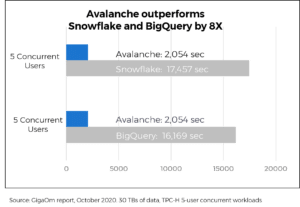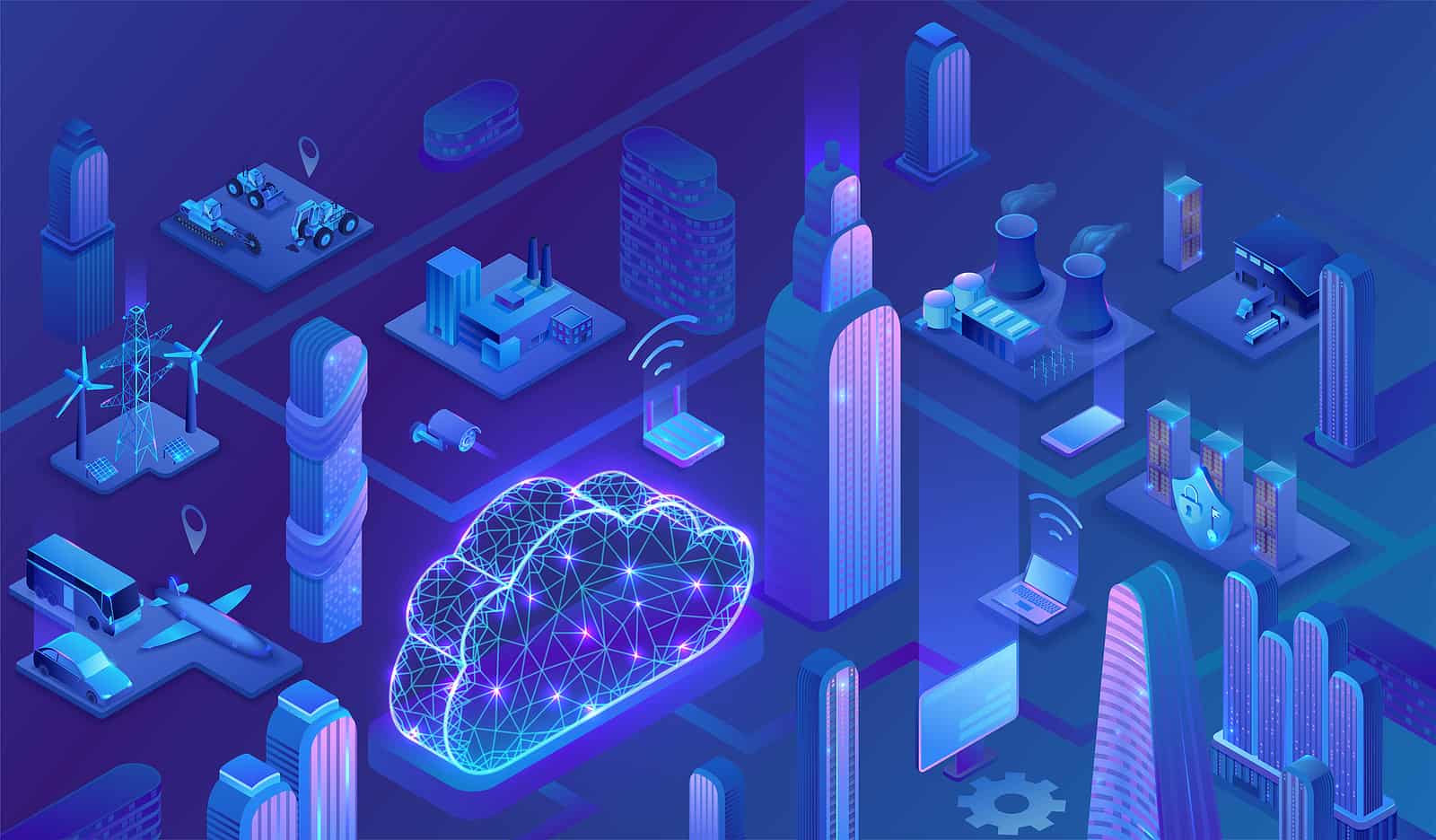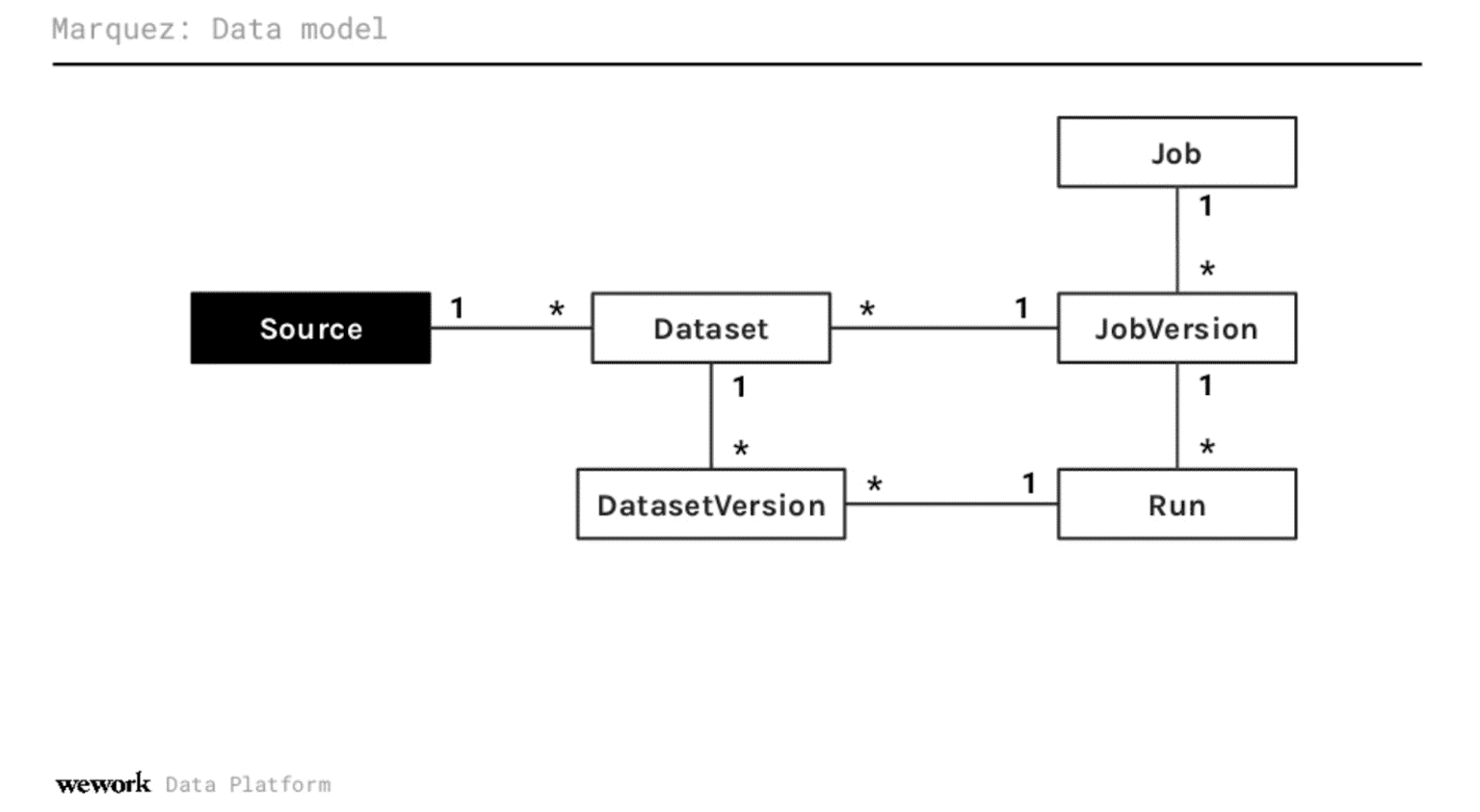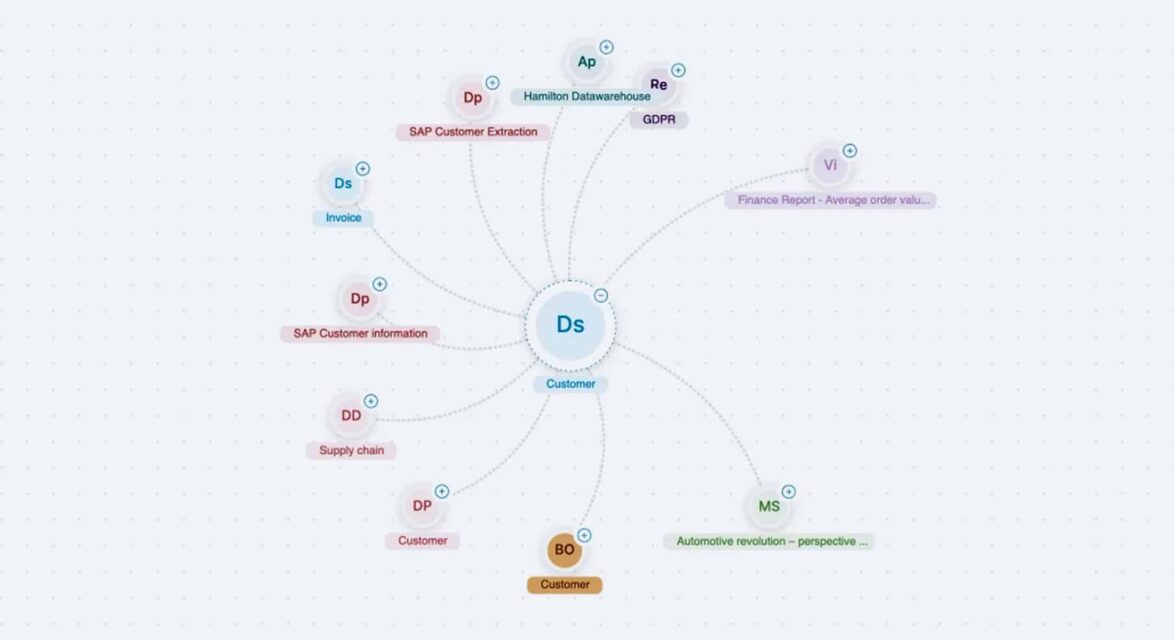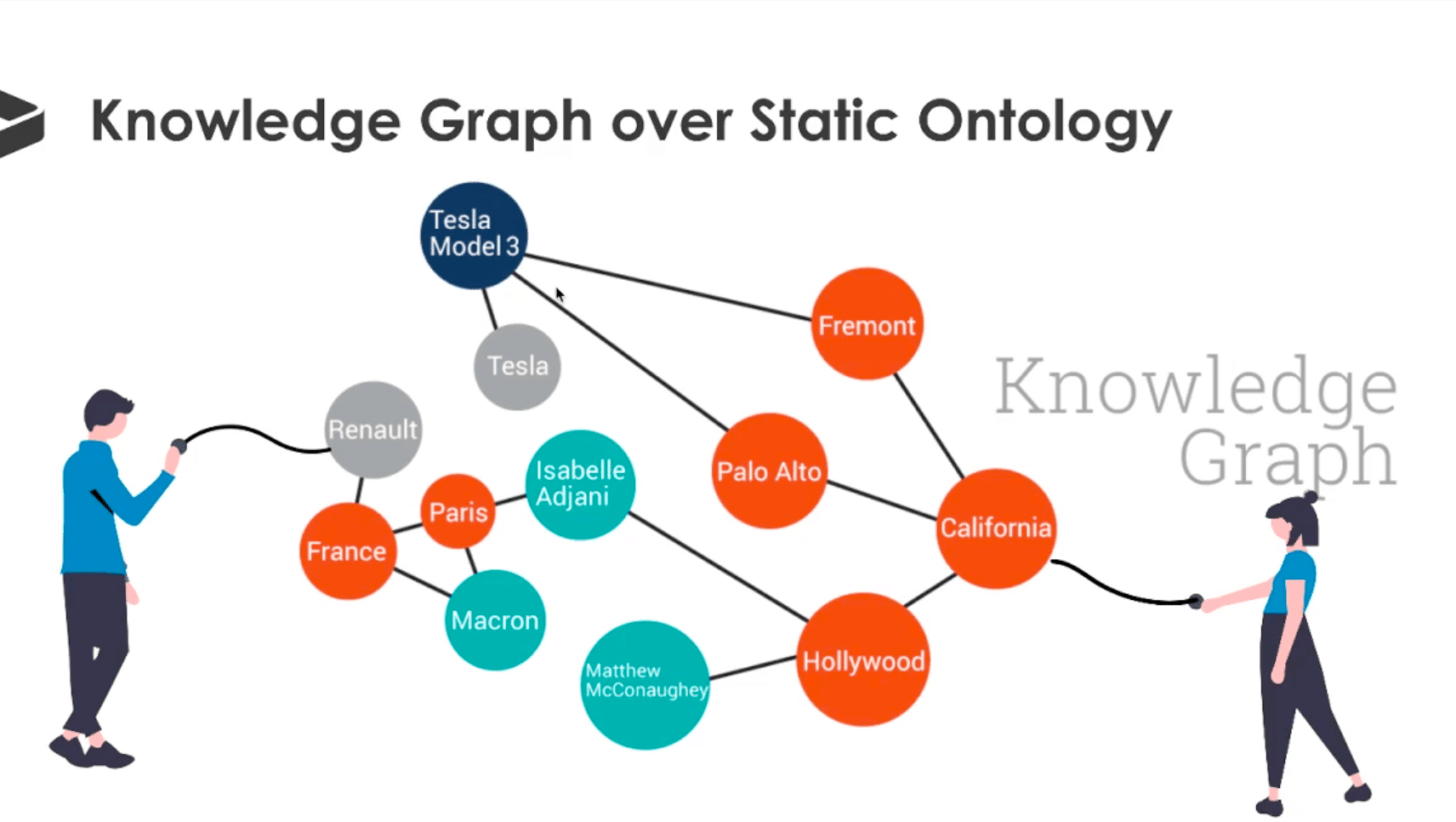Four Data Analytics Predictions for 2021
Actian Corporation
December 28, 2020

In a year dominated by the dark cloud of the COVID-19 pandemic and the tragedies that ensued, we seem to be ending on a hopeful note. We saw the incredible power of human ingenuity, as not one but several vaccines have been developed at breakneck speed, surpassing even the most optimistic of expectations. We also saw how technology could be used to effect amazing transformation on a global scale.
With this positive and promising reminder, here are my four predictions for analytics in 2021:
- Data Analytics Will Fundamentally Transform the Supply Chain, Bringing Greater Visibility to Lead Times, Inventory Levels, and Logistics. We saw a classic case of a broken supply-and-demand chain at the onset of the COVID-19 outbreak in March. Demand for specific products surged, while supply plummeted due to unexpected manufacturing factory shutdowns, causing consumer panic, disruption, and delays. Leveraging analytics to look at real-time data for existing supply chain processes, distribution networks, and transportation solutions can help find pain points and opportunities, which in turn can proactively address supply chain points of vulnerability before issues arise. Harnessing data to understand delivery lead times, logistics scenarios, and inventory asset levels will drive greater levels of responsiveness, efficiency, and effectiveness across a broad spectrum of industries.
- Demand for Interoperable Multi-Cloud Platform Solutions Will Dramatically Increase. As SaaS tools and applications create further data fragmentation not just between existing on-premises data but across cloud-based operational workload data, the need for loosely coupled, cloud-based data ecosystems will emerge. Paradoxically, many organizations that have a “cloud-first” policy are seeing their costs rise over time due to increased consumption, inflexible deployment models, and lack of financial governance capabilities in cloud-based solutions. These “experienced organizations” will demand the ability to consume cloud services from many sources and the ability to combine data, leading to an unprecedented level of cost savings and new generations of solutions. For a modern data stack to work, it needs to be open to all origination sources, analysis, and visualization destinations.
- Technology Solutions That Can Deliver Real-Time Insights Will Be One of the Heroes of the Pandemic. The ability to gain real-time insights from federated but connected systems will enable organizations globally to respond to and gain control over the pandemic’s impact, whether that be for contact tracing, understanding infection rates, or vaccine distribution. But almost as important as saving lives and mitigating the spread of COVID-19 will be the need to rebuild the economy. The ability to rapidly assess changing market conditions will have to be fundamentally data-driven, following the same recipe of combining the right data from the right sources in real time.
- Container Technology That Has Played Such a Vital Role in Transforming the Data Center Will Also Move to the Edge, Bringing New Levels of Intelligence, Data Privacy, and the Next Generation of Services. Virtualization technologies and their ability to unlock the value of software on an increasingly intelligent converged infrastructure will move from the physical data center to the cloud, which in turn will lay the foundation for the new connected Edge. In 2021 expect to see hyper-converged infrastructure with container technology bring a new richness to software developed and deployed for mobile and IoT environments. We won’t see full monetization of 5G just yet, but these supporting technologies will give innovators and investors alike the confidence that the 5G wave is real and will be big.
At Actian, we have done our best to adapt to the unprecedented challenges of 2020. As we look ahead to the new year, we are excited to help our customers achieve new levels of innovation with our data management, integration, and analytics solutions.
Have a safe and successful 2021!
Subscribe to the Actian Blog
Subscribe to Actian’s blog to get data insights delivered right to you.
- Stay in the know – Get the latest in data analytics pushed directly to your inbox.
- Never miss a post – You’ll receive automatic email updates to let you know when new posts are live.
- It’s all up to you – Change your delivery preferences to suit your needs.
Subscribe
(i.e. sales@..., support@...)




